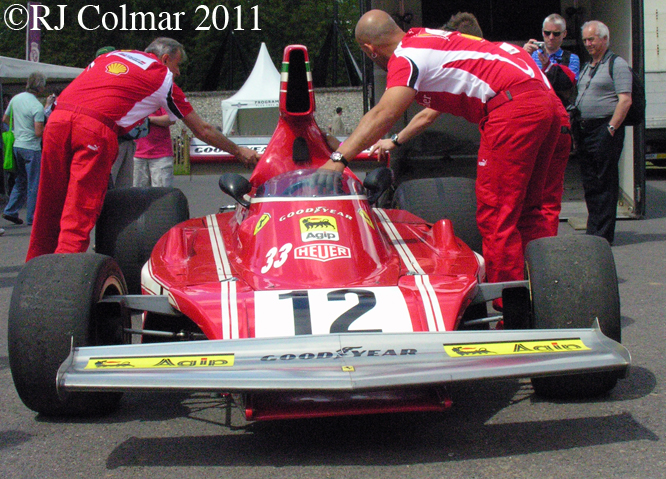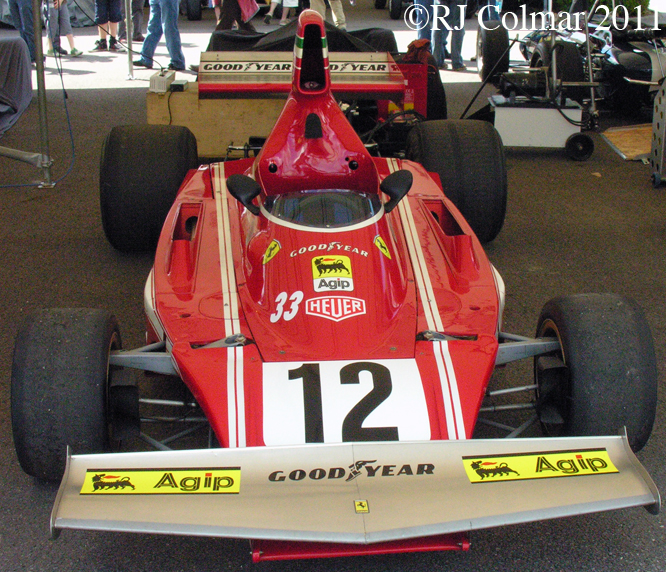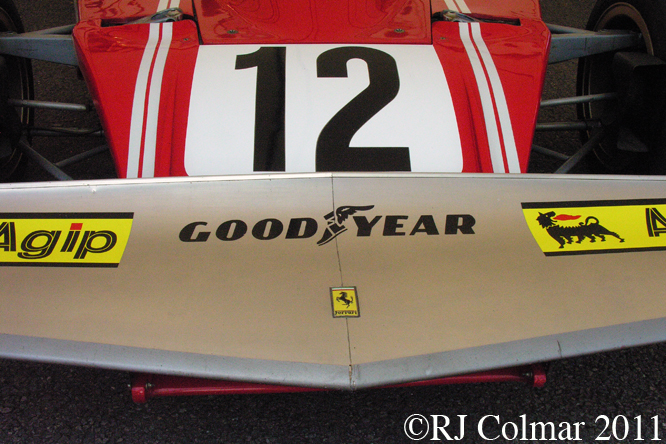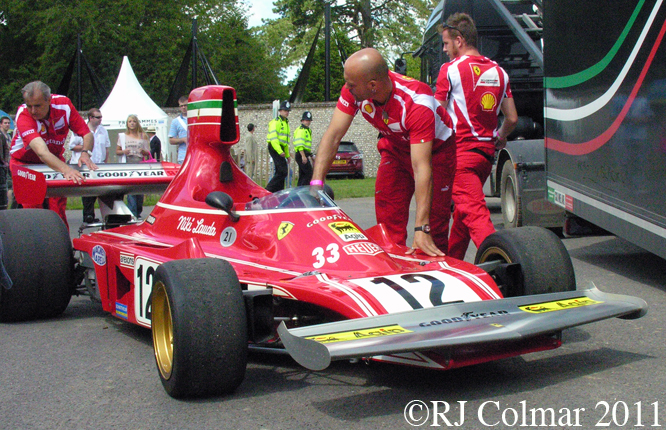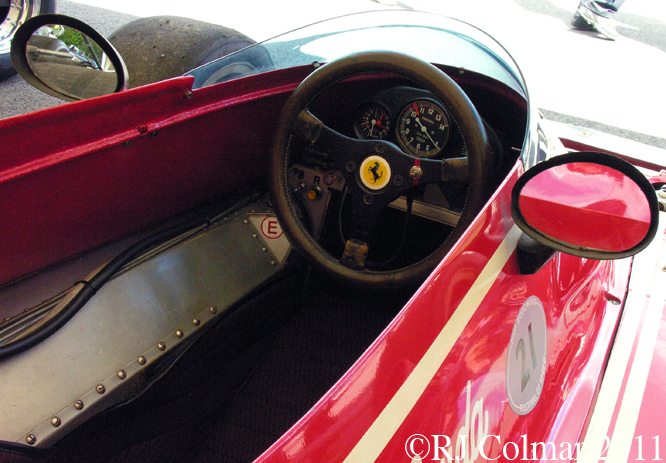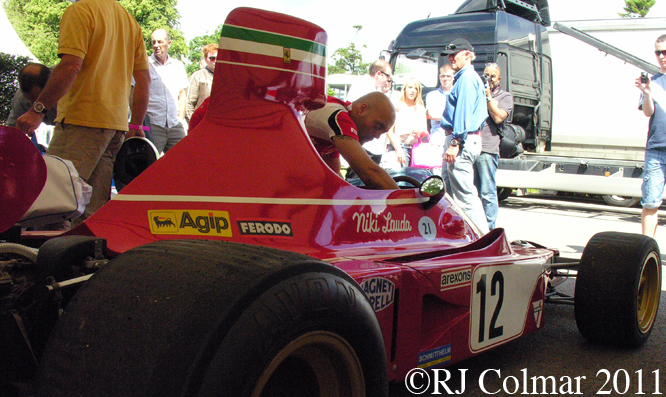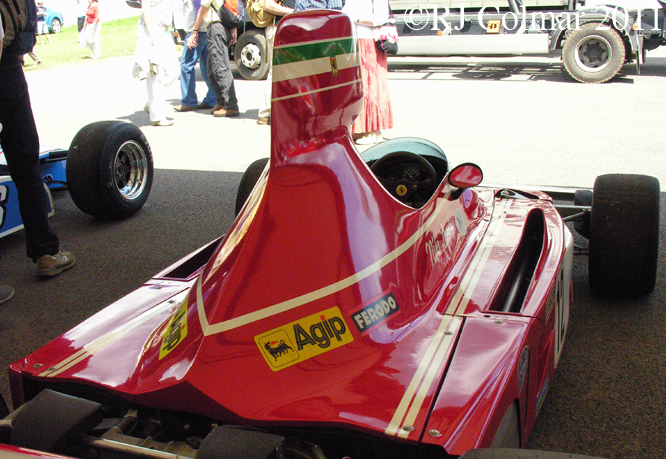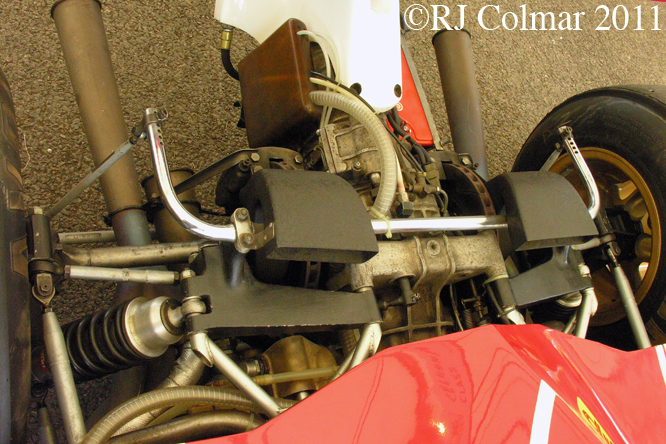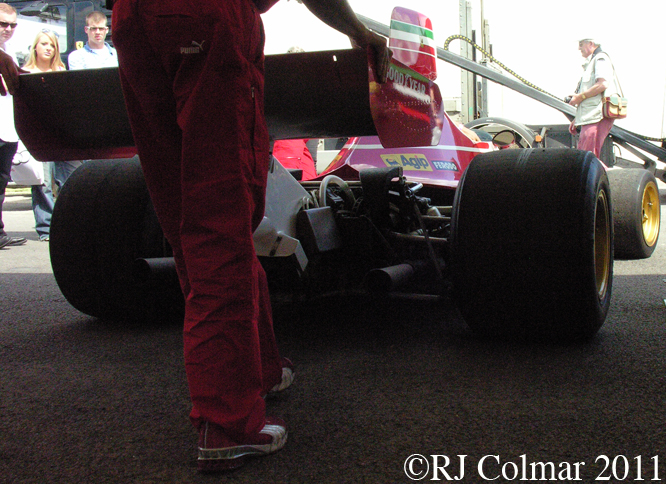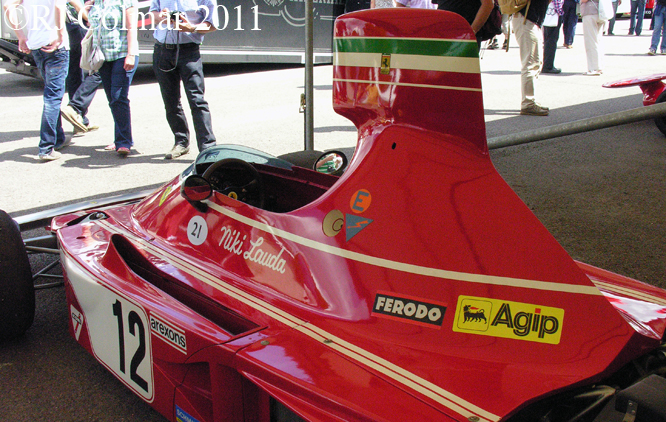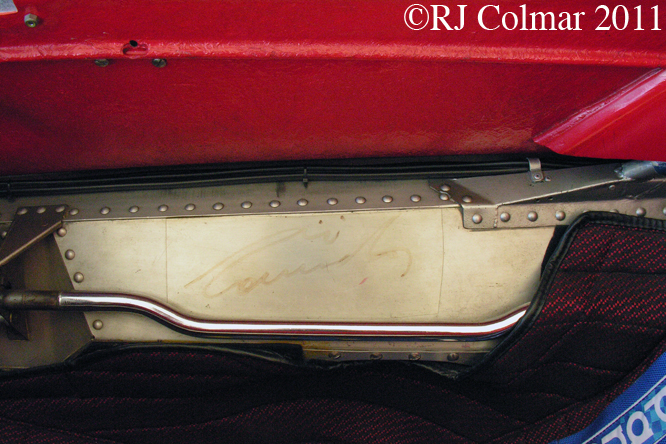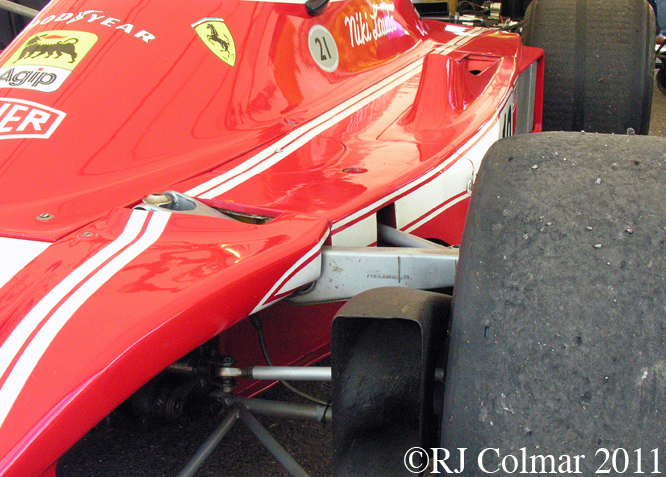Ever asked a question of fact and got a different answer dependent upon whom is answering ? Ask any number of people what today’s car is and they will agree it is a 1973/4 Williams but after that it gets complicated.
The Williams IR series cars first appeared at the 1973 Spanish Grand Prix replacing the FX3B Williams design, known in 1972 as Politoys, that did not have deformable structures protecting the fuel tanks. The IR initials were a nod to one of the teams sponsors namely ISO Rivolta.
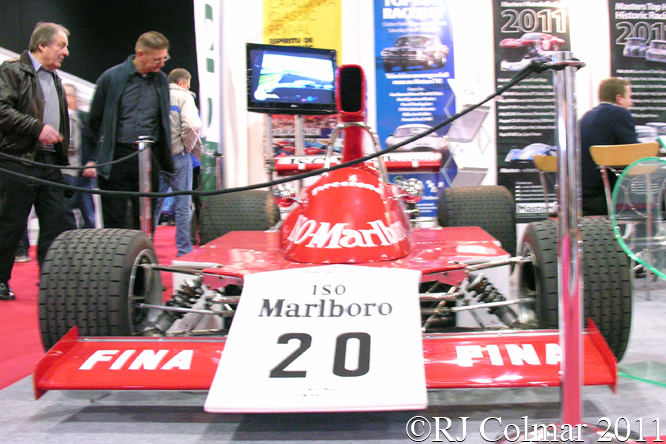
A new car, IR/03 featured today, to the same design as the 1973 cars, appeared at the 1974 Spanish Grand Prix for Arturo Mezario. Denis Jenkinson (DSJ) correctly reported after the Spanish Grand Prix that Frank Williams had renamed the cars with FW initials, but either idiosyncratically or incorrectly that the latest chassis IR/04 was hence forth to be known as FW/04.
DSJ continued referring to IR/04 until the 1975 non championship Race of Champions. However DSJ was possibly confused by the fact that the original IR/02 was damaged and the chassis tub replaced during repairs. While the new car seen at the 1974 Spanish Grand Prix was built around the 4th IR tub it was given the IR/03 chassis number and post the Spanish Grand Prix this fourth chassis seems to have been referred to by everybody apart from DSJ as FW/03.
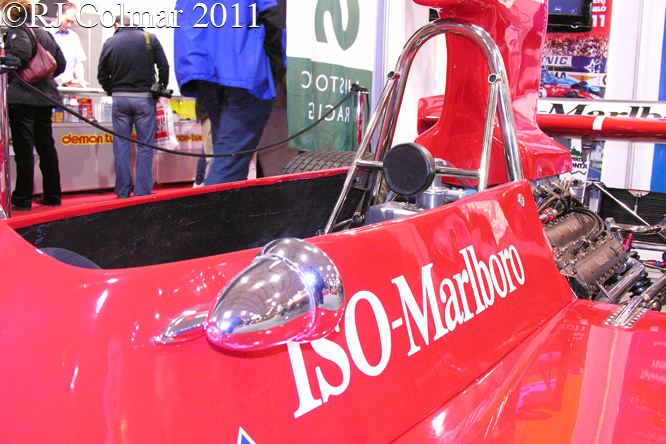
DSJ correctly referred to this car as FW/03 at the non championship 1975 International Trophy and correctly mentions that the new car driven by Art Mezario at the following 1975 Spanish GP as FW/04 !
As if to confirm the respected DSJ’s error no mention is made of chassis IR/04 / FW04 in a MotorSport article about cars entered by Frank Williams from 1969 upto April 1975.
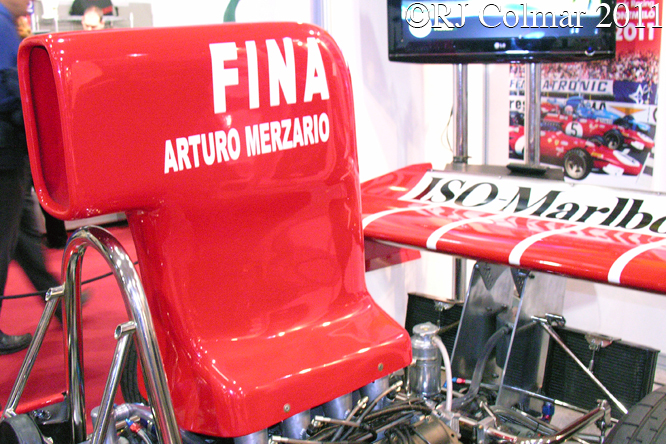
Today’s featured car’s best result came in the 1974 Italian Grand Prix where Art Mezario managed to coax IR/03 / FW03 to a fourth place finish at Monza.
This result plus Art’s sixth place finish in South Africa were enough to secure Williams a second consecutive 10th place in the 1974 World Constructors Championship.
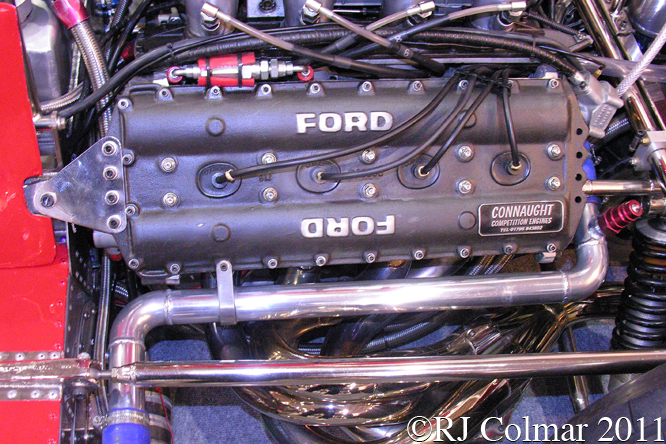
During 1975 Tony Brise, Damien Magee, Ian Scheckter, Francois Migault, Ian Ashley, the seriously obscure Jo Vonlanthen and Renzo Zorzi all drove IR/03 / FW/03 without much success, Brise recording a best 7th place finish in the 1975 Spanish GP on his Formula One debut.
In 1977 IR/03 / FW/03 now belonging to Swiss Loris Kessel turned up at the Italian GP with a raft of safety upgrades and some cool new body work by ex Ferrari designer Giacomo Caliri from his FLY-studio. Renamed the Apollon Fly Loris failed to qualify for the race, IR/03 / FW03 was restored to the 1974 spec seen here in 2010.
My thanks to Michael Ferner at The Nostalgia Forum for confirming DSJ’s idiosyncratic refferences to IR/03 / FW/03 as IR/04 / FW/04.
Thanks for joining me on this “IR, FW or Apollon Fly” edition of “Gettin’ a li’l psycho on tyres”, I hope you will join me again tomorrow when I’ll be looking at a Maserati 250F. Don’t forget to come back now


